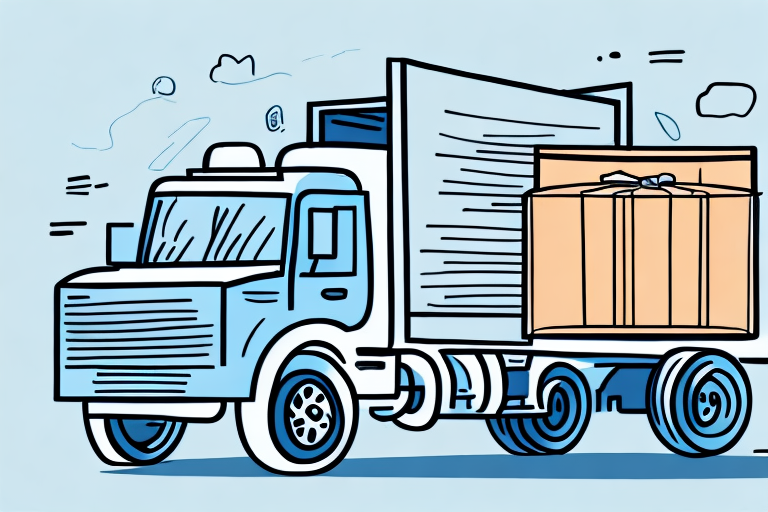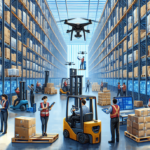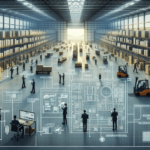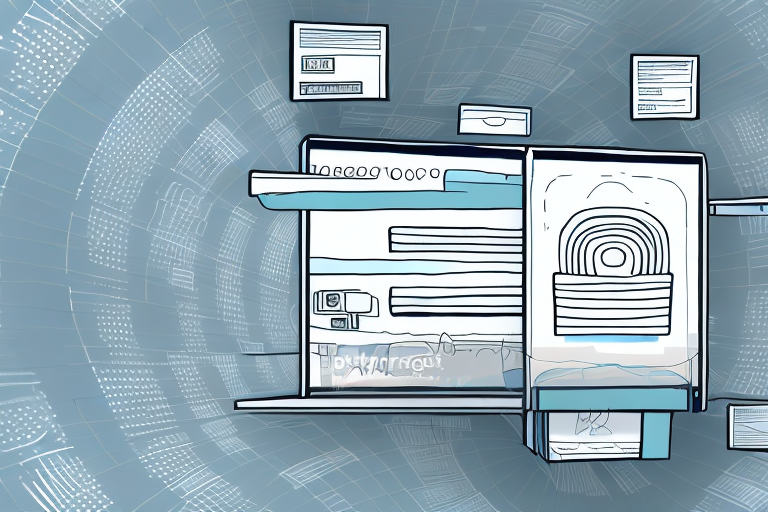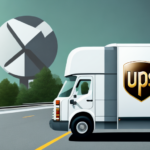Understanding Shipping and Delivery
When it comes to receiving packages and goods, it's common to use the terms "shipping" and "delivery" interchangeably. However, there are key differences between the two processes that are important to understand before choosing a service provider or expecting the arrival of your package.
Basics of Shipping
Shipping typically refers to the transportation of goods from one location to another, such as from a warehouse or distribution center to a carrier hub. The primary goal of shipping is to move goods efficiently over long distances using larger vehicles like planes, ships, or semi-trucks.
Basics of Delivery
Delivery, on the other hand, involves transporting goods from the carrier hub to the intended recipient's address. This process usually utilizes smaller vehicles such as vans or cars and focuses on the final mile of the journey, bringing the package directly to the recipient's door or mailbox.
The Key Differences Between Shipping and Delivery
Transportation Methods
One of the primary differences lies in the transportation methods used. Shipping often involves large-scale logistics operations using planes, ships, or trucks to cover vast distances. In contrast, delivery employs smaller, more agile vehicles to navigate urban and suburban areas efficiently.
Control and Timeframes
During shipping, the carrier maintains more control over the package's journey, managing it across various transit points. Delivery processes, however, offer recipients greater control over when and where their packages are delivered, often with options for specific delivery windows.
Timeframes
Shipping can take longer due to the extensive distances and multiple transportation modes involved, whereas delivery is typically faster, focusing on the last leg of the journey to ensure timely arrival.
Integration of Shipping and Delivery Processes
While shipping and delivery operate as distinct stages, they are intrinsically linked to ensure packages reach their final destinations seamlessly. Effective coordination between these two processes is crucial for maintaining efficiency and meeting customer expectations. Integrated services offered by major carriers like ShipScience, UPS, FedEx, and the United States Postal Service enable a streamlined flow from shipping to delivery.
The Evolution and Technological Advancements in Shipping and Delivery
A Brief History
Shipping and delivery have evolved significantly over the centuries, transitioning from horse-drawn carts to modern planes, trucks, and drones. Technological advancements have played a pivotal role in enhancing the speed, efficiency, and reliability of these services.
Current Technological Impact
Today, innovations such as drones, autonomous vehicles, and advanced tracking systems are revolutionizing the shipping and delivery landscape. These technologies not only expedite the delivery process but also improve safety and reduce operational costs.
Future Trends
The future of shipping and delivery is poised to be shaped by continued advancements in technology and shifts in consumer behavior. Emerging trends include the widespread adoption of autonomous delivery robots, the use of artificial intelligence for route optimization, and the integration of sustainable practices to minimize environmental impact.
Choosing the Right Shipping or Delivery Service for Your Needs
Assessing Your Requirements
Choosing between shipping and delivery services depends on your specific needs, such as the size and nature of the items, delivery speed, and budget. For large quantities or bulk shipments, shipping might be more cost-effective, whereas delivery services are ideal for smaller, time-sensitive packages.
Considering Special Handling
If you're dealing with fragile or perishable items, it's essential to select a service that offers specialized handling and packaging options to ensure your goods arrive in optimal condition.
Evaluating Service Features
Look for features like real-time tracking, insurance options, and customer support when selecting a provider. These elements can provide added security and peace of mind throughout the shipping and delivery process.
Factors Influencing the Cost of Shipping and Delivery
Package Characteristics
The weight, dimensions, and nature of the package significantly impact the cost. Heavier or larger packages typically incur higher fees due to the increased resources required for transportation.
Distance and Destination
The distance between the shipping origin and destination plays a crucial role in determining costs. International shipments may also involve additional expenses related to customs regulations and import duties.
Service Level
Expedited or same-day delivery services come at a premium compared to standard shipping options. Assessing your urgency and flexibility can help you choose the most cost-effective service level.
Ensuring Safe and Secure Shipping and Delivery
Packaging Best Practices
Proper packaging is vital for protecting your items during transit. Use sturdy materials and consider additional padding or reinforcement for fragile goods.
Security Measures
Opt for services that offer security features such as tamper-evident packaging, signature confirmation, and tracking updates to safeguard your packages from loss or theft.
Insurance Options
Purchasing additional insurance can provide financial protection against potential damages or losses, especially for high-value or sensitive items.
What to Expect from Your Shipping or Delivery Service Provider
Reliable and Timely Transport
Choose a provider known for its reliability and punctuality to ensure your packages arrive when expected.
Transparent Communication
Effective communication channels, including real-time tracking and proactive notifications, enhance the customer experience by keeping you informed throughout the process.
Customer Service Excellence
Responsive and knowledgeable customer service teams can assist with inquiries, resolve issues, and provide support, ensuring a smooth shipping and delivery experience.
Common Misconceptions About Shipping and Delivery Debunked
Identical Services
Contrary to popular belief, shipping and delivery serve different functions and are not identical services. Understanding their distinct roles can help you make informed decisions.
Free Package Delivery
Many assume that package delivery is always free, but most carriers charge fees based on factors like weight, distance, and service level. It's important to review pricing structures before selecting a service.
Guaranteed On-Time Arrival
While carriers strive for timely deliveries, various factors such as weather, customs delays, and logistical challenges can affect arrival times. Choosing a reputable provider with reliable tracking can mitigate some uncertainties.
Tips for Optimizing Your Shipping and Delivery Experience
Research and Compare Providers
Investigate multiple service providers to compare rates, delivery times, and service features. Platforms like ShipScience offer tools to facilitate informed comparisons.
Leverage Technology
Utilize tracking systems and mobile apps to monitor your shipments in real-time, ensuring you stay updated on their status and can address any issues promptly.
Plan for Peak Seasons
During high-demand periods like holidays, plan ahead to accommodate potential delays. Booking services in advance can help secure timely deliveries.
Conclusion
Understanding the differences between shipping and delivery is essential for selecting the right service to meet your needs. By considering factors such as transportation methods, control levels, costs, and technological advancements, you can optimize your shipping and delivery experience. Additionally, staying informed about industry trends and best practices will help ensure your packages arrive safely, securely, and on time.
For more information and to explore your shipping and delivery options, visit ShipScience.













